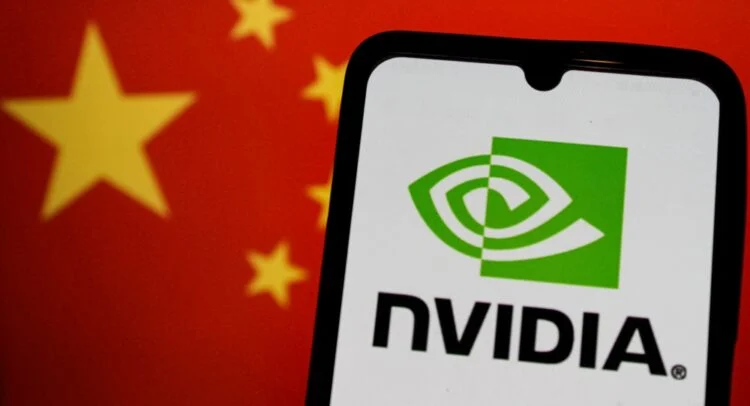China Bans US AI GPUs and Hardware: What This Means for the Future of Tech
China has officially strengthened restrictions on US-made AI GPUs and related hardware, a move that could reshape the global technology industry. With rising geopolitical tensions and competition in artificial intelligence, China’s ban marks a turning point in how countries secure their technological independence. This decision affects major US companies, including Nvidia, AMD, and Intel, and signals China’s intent to build its own advanced AI ecosystem.
Why China Banned US AI GPUs
1. National Security and Tech Sovereignty
China’s primary reason for banning US AI hardware is to protect national security and reduce reliance on foreign technology. As AI becomes central to military, economic, and digital strategies, depending on US tools is seen as a risk. The ban aligns with China’s broader strategy of technological self-reliance under initiatives like Made in China 2025.
2. Response to US Export Controls
The move is largely seen as retaliation to US export bans on high-end AI chips, especially Nvidia’s A100, H100, and H200 GPUs. The US government restricted these chips to prevent China from advancing its AI and supercomputing capabilities. In response, China is now blocking US technology to accelerate the development of domestic AI alternatives.
3. Protecting Local Innovation
China aims to support its own semiconductor and AI industries. By banning US GPUs, Chinese companies like Huawei, SMIC, Biren, and Inspur get a larger opportunity to expand. The restriction creates a powerful incentive for local firms to innovate faster and fill the gap left by Nvidia and AMD.
Impact on US Companies and the Global Market
1. Nvidia Faces Major Revenue Losses
China has been one of Nvidia’s largest markets for AI GPUs. The ban could cost Nvidia billions in sales, forcing the company to redesign lower-performance chips specifically for China or shift focus to other regions.
2. Shift in AI Development Across Asia
Many Asian countries are watching the situation closely. With China no longer buying US-made AI hardware, supply-chain patterns may change.
Countries like:
-
Singapore
-
India
-
South Korea
-
Japan
may see increased demand for AI chips, cloud services, and local GPU clusters.
3. Acceleration of Non-US AI Ecosystems
The ban encourages the rise of alternatives to US technology. China is already investing heavily in:
-
Homegrown GPUs
-
AI cloud infrastructure
-
Quantum computing
-
Edge AI processors
This diversification could reduce US global influence in tech hardware.
What This Means for the Future of AI
1. A Fragmented Global AI Landscape
The world may see two AI ecosystems emerge:
-
A US-led ecosystem using Nvidia/AMD/Intel
-
A China-led ecosystem using Huawei, Biren, and SMIC technology
This split could reshape software, cloud platforms, and machine-learning frameworks.
2. Faster Domestic Innovation in China
With foreign tools restricted, China will double down on research, talent development, and semiconductor manufacturing. The ban may slow China temporarily, but long term, it pressures local industries to innovate aggressively.
3. Higher Competition and Faster Global Advancements
The clash between US and Chinese AI technologies may lead to rapid innovation, lower costs, and a more competitive global market.
Conclusion: A New Phase in the Tech Power Struggle
China’s ban on US AI GPUs and hardware is more than a political move—it represents a historic shift in global technological power. As China pushes to become fully self-reliant in AI, the world is entering an era of intense competition, faster breakthroughs, and a divided tech landscape.
In the race for AI dominance, this is just the beginning.









